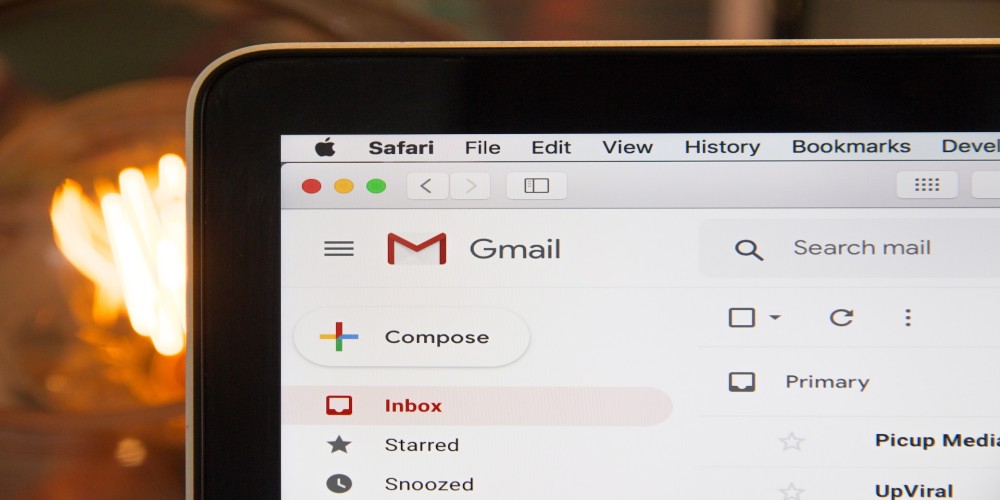Reclaiming Your Cyber Self: Comprehensive Guide To Bouncing Back From An Email Hack
- Sep 02, 2023
- 558

In the digital age, our online presence and digital identity are just as important as our physical identity. From personal to professional communications, we utilize our email accounts, making them a crucial aspect of our digital lives. But what happens when your email gets hacked? It's a daunting situation that can lead to identity theft or financial loss. Nevertheless, it is essential to know how to recover and salvage your digital identity quickly. Here's a comprehensive guide on what to do if you ever find yourself in this unfortunate situation.
1. Confirm the Email Hack
First and foremost, you need to affirm if your email account has been compromised. Some signs might include unfamiliar emails in your sent folder, unexpected password reset emails, or notifications about changes you didn't make. Once you're sure, it's time to spring into action.
2. Change Your Password
The first step towards recovery is changing your password. Choose a strong, unique password that uses a combination of letters, numbers, and special characters. Avoid using obvious information like your birthday or name. If your password is tough to guess, it will be harder for hackers to infiltrate your account.
3. Check Your Account Settings

Once you've regained control of your account, go through your settings thoroughly. Hackers often change settings to maintain control or continue exploiting your account. Look for any changes in your recovery email, phone number, or security questions. Also, ensure that your signature or 'out of office' reply hasn't been manipulated to send out spam.
4. Scan Your Computer for Malware
Often, an email hack can be the result of malware or a virus on your computer. Use a reliable antivirus software to scan your computer for any malicious software and remove it immediately. This step will help prevent future attacks.
5. Enable Two-Factor Authentication
To further secure your email account, enable two-factor authentication (2FA). This additional layer of security requires you to provide two forms of identification before accessing your account, making it harder for hackers to gain unauthorized access.
6. Inform Your Contacts

If your email has been used to send out spam or phishing emails, it's crucial to inform your contacts about the hack. This step will help them stay vigilant and avoid falling for any scams sent from your account.
7. Regularly Monitor Your Account
Even after recovering your account, continue to monitor it regularly. Look out for any suspicious activity and take immediate action if you notice anything unusual.
8. Report the Hack
Lastly, report the hack to your email service provider. They might be able to provide additional assistance or take measures to prevent such breaches in the future.
Remember, the best defense against email hacking is a good offense. Regularly update your passwords, avoid clicking on suspicious links, and keep your computer's antivirus software updated. By taking these precautions, you can ensure the safety of your digital identity.